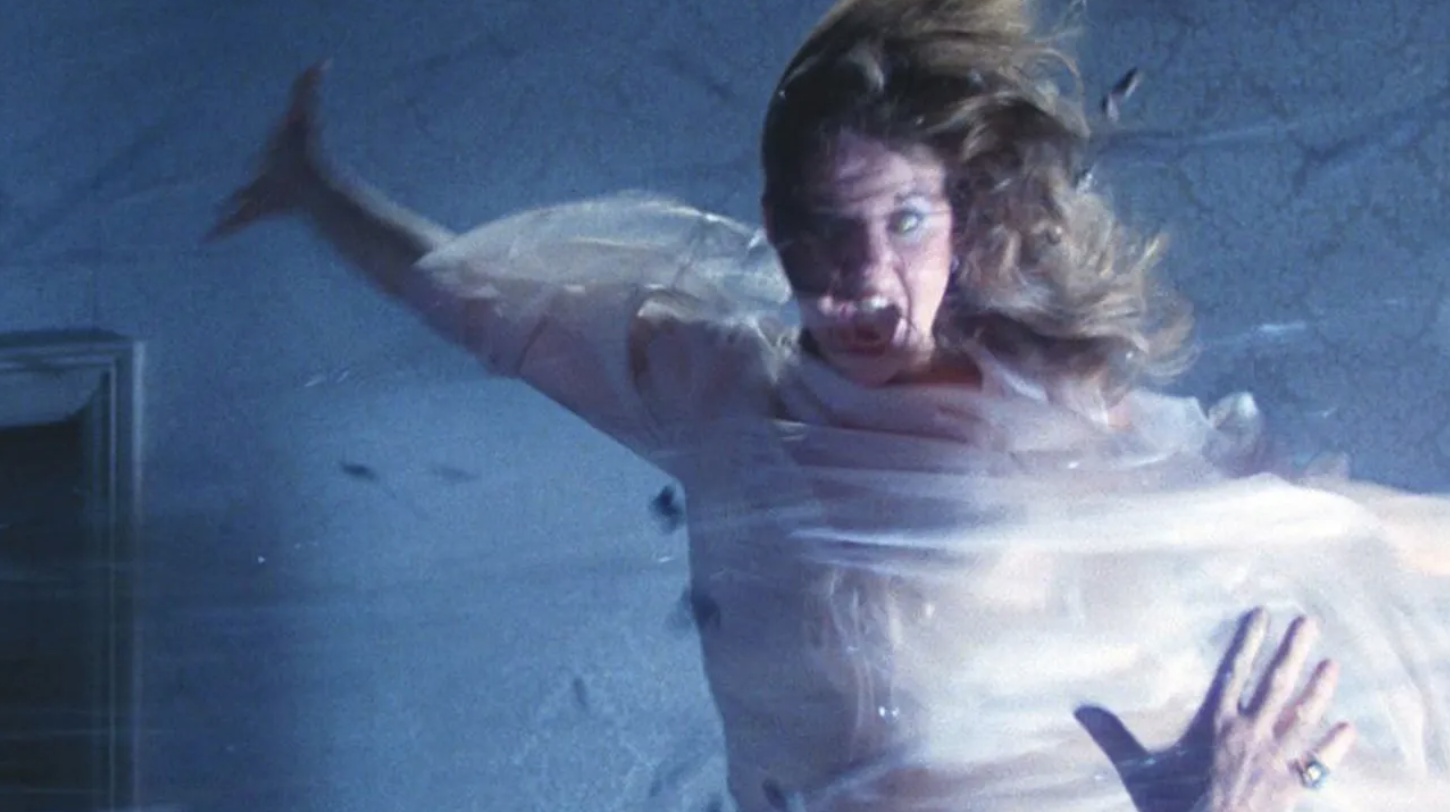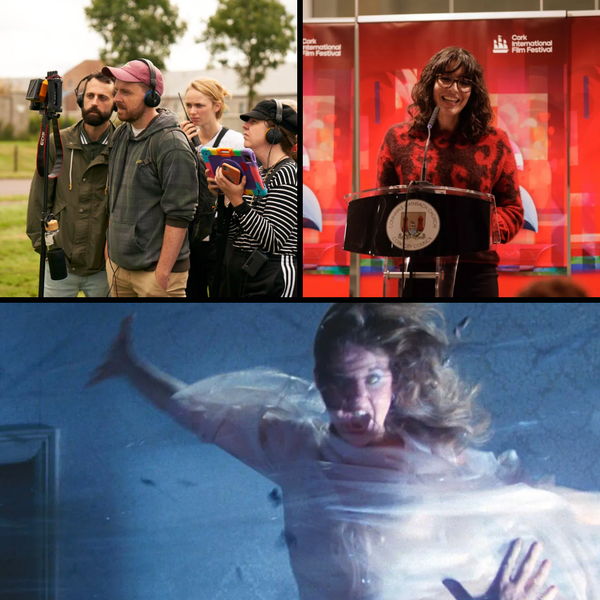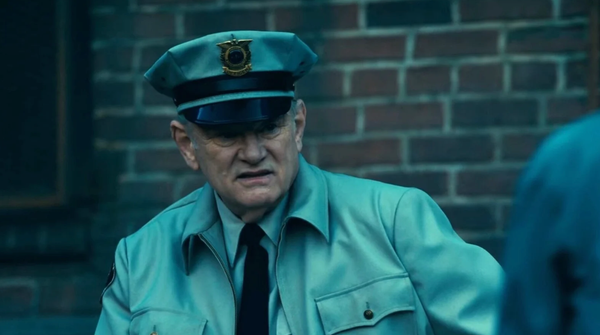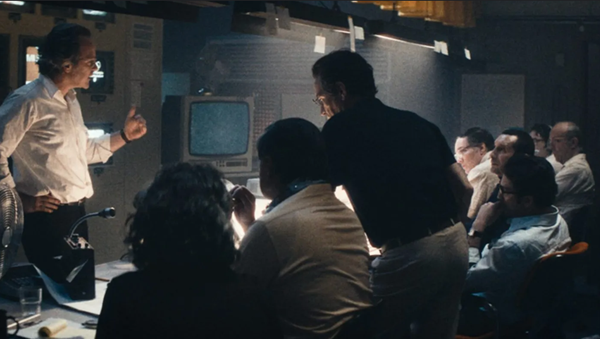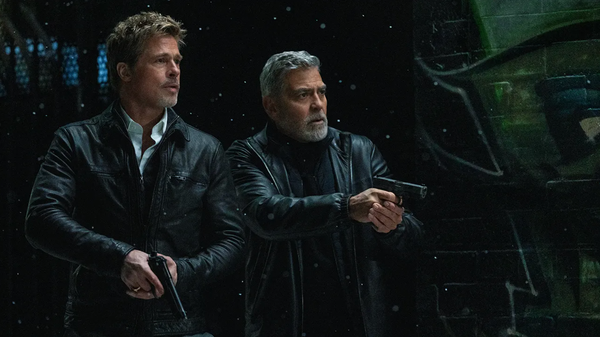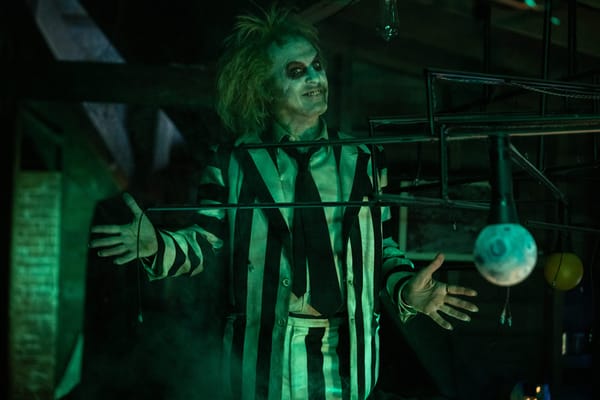In this review, Shane McKevitt is possessed to write about filmmaking documentary Boorman and the Devil.
Exorcist II: The Heretic is widely regarded as one of the worst sequels, if not one of the worst films, of all time. Following up William Friedkin’s Oscar-winning film was no small task, yet the vitriol received by John Boorman’s 1977 sequel is the stuff of legend. The film is a black spot, to say the least, on the filmography of John Boorman, who is perhaps best known for directing Deliverance, the Best Picture nominee, starring Jon Voight and Burt Reynolds. By the late 1970s, Boorman had made a name as one of the more sought-after directors in Hollywood, and handing him the reins to the third-highest-grossing film of all time seemed like a safe bet. David Kittredge’s new documentary, Boorman and the Devil, chronicles the doomed production of The Heretic while simultaneously repositioning it within the career of John Boorman, the New Hollywood movement, and the history of American cinema.
The Heretic was the antithesis of sequels of the 1970s and early 1980s. Jaws 2, Halloween II and The French Connection II—follow-ups to critical and commercial smashes—all had one thing in common: a retread of the original. While profitable, their box office returns were demonstrably less than their predecessors. The documentary notes how even The Godfather Part II, an outlier for many regarding sequels’ predominant unoriginality, made less than half of what the first film did. Boorman, who had turned down an offer from Warner Bros. to direct The Exorcist four years prior, wanted The Heretic to be an “answer” to the original film. Boorman felt William Peter Blatty’s novel and Friedkin’s subsequent film centred too heavily around the violent possession and abuse of a child. He wanted to create something different—something that transcended the first film’s central conflict of “good versus evil”.
The screenplay, the first draft of which was written by playwright William Goodhart, took inspiration from Teilhard de Chardin, a French theologian. He proposed a concept of a united consciousness as the final stage of human evolution, which the script explored via Regan’s telepathic link with the demon Pazuzu. While Friedkin framed the original Exorcist within a world defined by marked realism, Boorman embraced the otherworldly, metaphysical qualities made possible through film. The unconventionality of Boorman’s approach, while lamented in retrospect, was actually what made many elements of the production possible. Max von Sydow and Linda Blair were dead set against returning for a sequel until they heard Boorman’s pitch.
Richard Burton, one of Hollywood’s most bankable stars in the previous decade, was attempting to mount a career resurgence. He wasn’t Boorman’s first choice as co-lead, but the studio insisted, signing Burton to a lucrative deal stipulating that he would never work past 6 p.m., even if he was in the middle of shooting a scene. Likewise, Linda Blair was reportedly paid $1 million for the role of Regan, making her one of the highest-paid actors at the time. This led, at least in part, to the film’s initial $12 million production budget—then the largest in Warner Bros. history.
When it came to the production itself, the film was marred by a seemingly endless stream of setbacks. Boorman’s original plan to shoot across three continents was shot down, meaning the globetrotting landscapes had to be constructed wholly on soundstages in Burbank. The crew’s recreation of the Ethiopian desert resulted in Boorman being hospitalised, shutting the production down for weeks. The setting necessitated truckloads of sand and dirt being blown around the set, which subsequently infected Boorman’s lungs. This was followed by the original editor quitting suddenly, scenes being rewritten to fit deadlines, and the budget ballooning by $3 million. Crew members joked that the film was cursed.
Upon release, The Heretic was torn apart by critics and audiences alike. Chris Landers, who attended a now-infamous preview screening as a child, recounts studio executives being shamed out of the theatre. The central thesis of the documentary comes together in this final stage, wherein we see the cast and crew reflect on the hard work that went into the project and how its negative reception impacted them. For Boorman, The Heretic was a turning point in his life and career. It was something which, though he often chose to forget, was a necessary evil in his development as an artist. Moreover, the documentary cleverly frames The Heretic’s position within the broader landscape of the New Hollywood movement: its failure, along with that of films like Heaven’s Gate (1980) and Sorcerer (1977), marked the end of big-budget studio films with auteurist visions.
Kittredge’s film moves at a breakneck pace, brilliantly edited and surprisingly funny. He managed to secure interviews with the cast, crew, film critics, historians, and even filmmakers like Joe Dante (The Howling, Gremlins) and Mike Flanagan (Doctor Sleep, The Haunting of Hill House). Rarely have I seen a documentary go so in-depth into the making of a film while also managing to frame its subject within the broader themes of artistry and filmmaking. Boorman and the Devil successfully makes the case for The Heretic not as a “good” film, per se, but an important one—a work which encapsulated a unique, singular moment in Hollywood history, the likes of which we might never see again.
After screening at 82nd Venice International Film Festival, Boorman and the Devil will play at IFI Horrorthon on Friday 24th October 2025 at 10.10pm.

